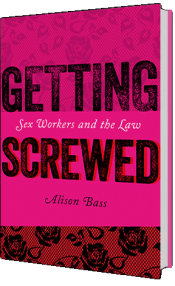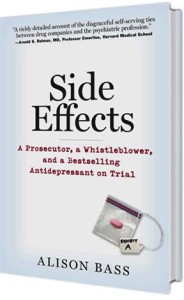This is #MeToo week in celebration of the four-year-old hashtag that inspired thousands of women to come forward with their own stories of sexual harassment and abuse. While Alyssa Milano, an Italian actress, used the hashtag to ask other women to come forward in the wake of the Harvey Weinstein scandal, it’s worth noting that the term MeToo was actually coined by Tarana Burke. In 2006, Burke started a nonprofit to raise awareness about sexual violence against girls and women, specifically those of color. All of this brings to mind several interviews I did with black sex workers who walked the streets of Washington, DC and were routinely harassed and abused, often by the police officers who were supposed to protect them. As I noted in my 2015 book, Getting Screwed: Sex Workers and the Law, women of color made up the vast majority (85 percent) of sex workers who are arrested and incarcerated in New York City , even though they constituted only 40 percent of the street walkers there. One of the women I interviewed for the book, a 28-year-old black transsexual in D.C., told me that after she was raped by a client, she went to her local precinct to report the crime and the officer on duty told her it was her fault because of the way she dressed. And they never investigated her complaint.
My latest book, Brassy Broad: How one journalist helped pave the way to #MeToo, is about my own journey from being a sexual assault survivor to becoming one of the first journalists in the country to write about sexual misconduct by powerful men. I was the first reporter at The Boston Globe to write about a Catholic priest who was accused of molesting children, and I was also among the first to write about women who were sexually abused by their own therapists. I like to think that my own experience, of being raped in London at the beginning of my junior year abroad, made me more understanding of the pain that other women and men experience when their complaints of sexual abuse are ignored by powerful institutions (such as the Catholic Church) and individuals (such as prominent psychiatrists).
It’s hard to believe now, but back in 1989, when the first woman came to me to say that her psychiatrist had sexually abused her, most journalists were more likely to believe the health professional over the woman herself, especially when she could be labeled a mental health patient. Not only were people who sought mental health treatment badly stigmatized back then (and in some circles, still are), but the women themselves were not believed. As I relate in my memoir, I could not get my editors to run this first woman’s story until I found a health professional who worked with Richard Ingrasci, the accused psychiatrist, and was willing to acknowledge that he had “problems” and had already been reported to the Massachusetts Board of Medicine for abusing his patients. Once I obtained this professional’s on-the- record collaboration, The Globe published my story, and that opened the floodgates for many other women to come forward with stories of sexual abuse at the hands of their therapists. Up till then, the state medical board had essentially ignored their complaints, but after I began writing story after story about this problem, they started taking the issue more seriously. I guess this is a longwinded way of saying that local journalism matters. If it hadn’t been the efforts of many reporters (including myself) laying the groundwork for change, the #MeToo movement might never have launched.


